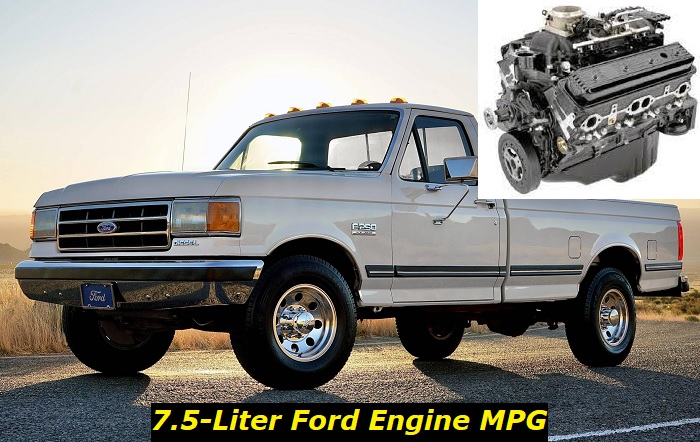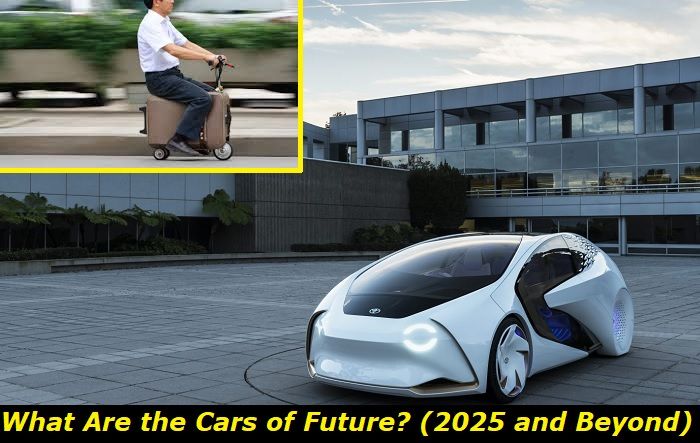One of the most prominent strong engines on the market is the Ford 460 engine. The 7.5-Liter engine was produced from 1968 to 1998, making it the company's longest-running big block V8.
Key features and my opinion about the engine
- Production years:1968-1997
- Average lifespan of 460:350,000-500,000 miles
- Fuel supply type:carburetor, later - port injection
- Power range:197-245 hp
- Fuel efficiency:awful
- Engine block material:cast-iron
- Engine reliability score:high
- The most common problems:various oil leaks, coolant leaks, overheating, fuel injection problems, enormous fuel consumption.

Durability
Anyone driving a truck or recreational vehicle would desire a powerful engine like the Ford 460. It is strong enough to support a lot of weight. Due to its durability, you can purchase an older model and still get a powerful engine performance.
Some of the features that make it more durable than other engines include
- The design is based on decades of experience with V8 engines
- The material used for construction has been optimized for strength
- It has been designed to resist corrosion due to its use in high-humidity environments
Power
This engine can churn out an impressive amount of power and torque, making it perfect for those who want to get the most out of their vehicle. Whether you're looking to tow a heavy load or carry great weights, the Ford 460 Engine has the power to get the job done.
Efficiency
The fuel economy of a 7.5-Liter Ford Engine can be improved depending on the driving conditions and the type of vehicle it is in. A Ford 460 being available as a crate engine led to its prevalence as a hot rod engine, capable of producing over 500hp with proper fueling. Ford's 460 engine is used in trucks and large cars such as Lincolns. These engines are inefficient in terms of fuel, with some vehicles achieving less than 10 miles per gallon.
Rising oil prices are a concern for everyone as the cost-of-living increases. One way to help offset the impact of these rising prices is to save on fuel. There are a few ways that you can do this so it's a good idea to start looking for ways to help improve Ford 460's fuel economy while keeping its incredible strength and durability.
Tips on how to improve fuel economy
1. Use the correct grade of oil. If you own a Ford with a 7.5-Liter engine, it is important to use the correct grade of oil. This is because the engine is designed to run on a certain viscosity of oil and using the wrong one can cause damage to the engine or can render it inefficient. The correct grade of oil for a 7.5-Liter Ford engine is 5W-30/10W-30 Heavy Duty Engine Oil. This oil has the correct viscosity for the engine and will help to keep it running properly and efficiently.
2. Check the air filter. One of the most important maintenance tasks for a 7.5-liter Ford engine is to regularly check the air filter. The air filter is responsible for keeping the air that enters the engine clean. Over time, the air filter will become clogged with dust and other debris and when this happens, the engine must work harder to draw in air, which can lead to a loss of power.
3. Keep the tires inflated to the proper pressure. Tires that are not properly inflated can cause several problems, including decreased fuel economy. Fuel economy is decreased because when tires are not properly inflated, they create more resistance against the road. This resistance causes the engine to work harder, which uses more fuel.
4. Avoid excessive idling. Idling wastes fuel and increases emissions, so it's best to avoid it whenever possible. There are a few situations where you may need to idle your engine, such as when you're waiting for a train or waiting to pick someone up. But in general, it's best to turn off your engine if you're going to be stopped for more than a minute or two. Not only will this save you fuel, but it will also help reduce your 7.5-Liter Ford Engine's emissions.
5. Avoid quick starts and stops. When you're driving, accelerating quickly and then braking hard uses more fuel than a gradual acceleration and deceleration. If you're looking to get the best fuel economy possible from your 7.5-Liter Ford Engine, it's important to avoid quick starts and stops. Take your time starting your engine and accelerating, and you'll see your fuel economy improve.
6. Use the overdrive gear. When the engine is running at a lower rpm while the transmission is in its highest gear, this is known as an overdrive gear. Considering that the engine isn't working as hard, this can help you save fuel. It might not be apparent right away, but it will accumulate over time. It's crucial to use overdrive gear safely, so if you're unsure how to do it, consult your owner's manual or ask a trusted mechanic.
7. Use cruise control if you have it. When you use cruise control, your car maintains a consistent speed. This means that you're not wasting fuel by accelerating and then braking. In addition, cruise control can help improve fuel economy by restricting you from unnecessarily driving too fast. Note: Even though it can be useful on longer drives, there are times when you should not use cruise control. For instance, when you are in heavy traffic, on winding roads, or as you approach a bridge or overpass.
Final words
In general, people are mindful of fuel costs and want to find ways to save money or spend less on fuel. Even though the 7.5-liter Ford 460 engine's fuel economy is not very impressive by default, the tips above can complement such a powerful and durable engine. Like with any other vehicle, another key to maintaining the engine fuel economy is regular maintenance and trusted mechanic visits.
About the authors
The CarAraC research team is composed of seasoned auto mechanics and automotive industry professionals, including individuals with advanced degrees and certifications in their field. Our team members boast prestigious credentials, reflecting their extensive knowledge and skills. These qualifications include: IMI: Institute of the Motor Industry, ASE-Certified Master Automobile Technicians; Coventry University, Graduate of MA in Automotive Journalism; Politecnico di Torino, Italy, MS Automotive Engineering; Ss. Cyril and Methodius University in Skopje, Mechanical University in Skopje; TOC Automotive College; DHA Suffa University, Department of Mechanical Engineering






Add comment